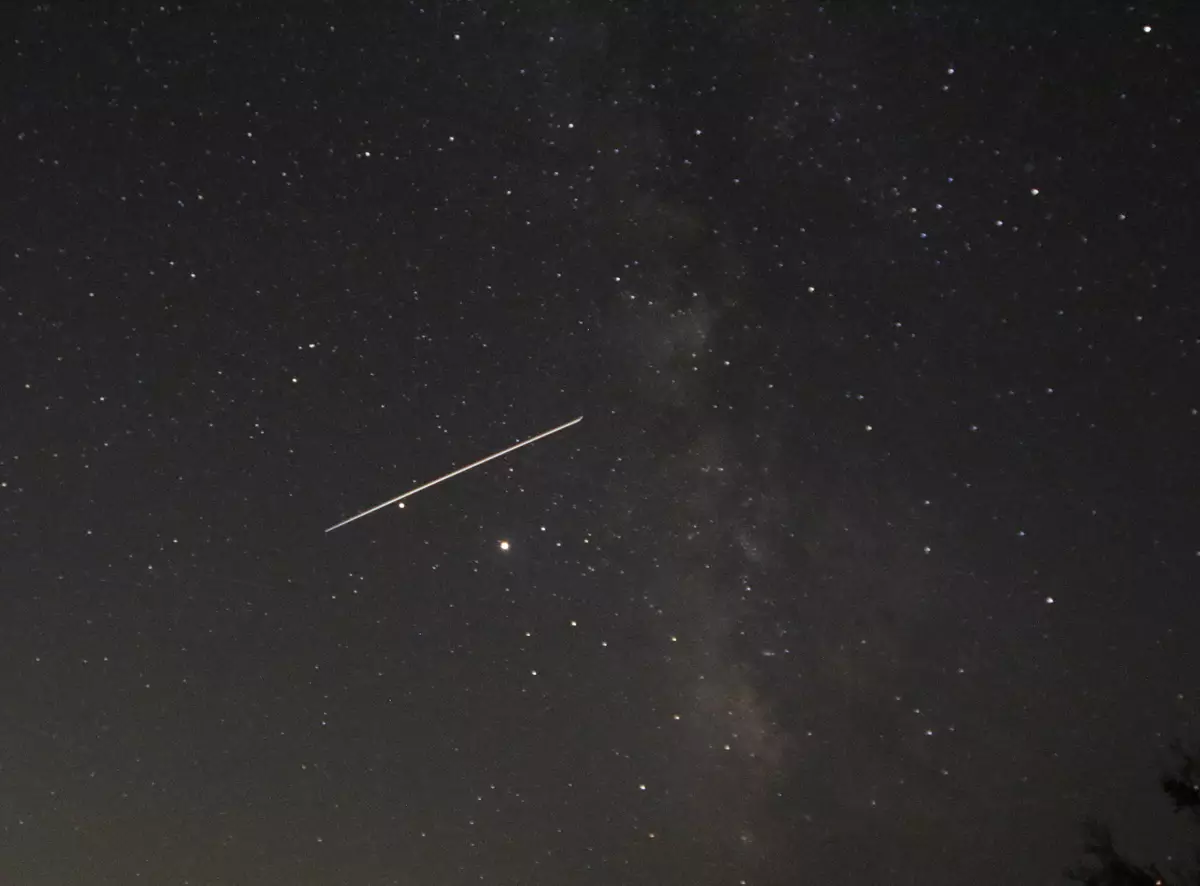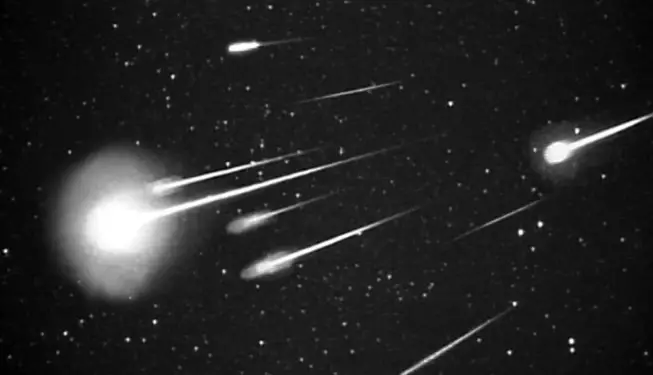
If you're looking for a late-night lockdown activity then you might wanna make yourself a comfy spot by the window, because there's going to be a meteor shower this evening...
Yep, the Leonids Meteor Shower - named after the constellation Leo - is peaking in the sky at midnight.
And if the it's clear, scientists expect there to be around 15-20 meteors per hour visible, which makes it a pretty major shower.
Advert
You'll have to stay up if you want to catch a glimpse, as they're going to be most visible shortly after midnight.
If you're up for a super late one, the best viewing time will be running through until dawn tomorrow morning.

So, how do you know what to look for? Well, according to the Natural History Museum, the Leonids Meteor Shower is one of the brightest of all - but it's also one of the fastest.
Advert
You shouldn't need binoculars or a telescope to see the meteors, as they should be visible to the naked eye, so long as you've given your eyes 20 minutes to adjust to the darkness.
The meteors can be seen across all parts of the sky, and NASA advise that if you really want the perfect viewing spot you should camp out in a less populated area, away from street lights.
If you CBA to leave the flat (we don't blame you) then make sure your viewing spot is as dark as possible, as this will help you to see them more clearly.

This specific shower is linked to the Leo constellation. However, it's best not to look directly at the Leo constellation if you want to see the fireballs, experts advise.
Advert
"It is actually better to view the Leonids away from the radiant: They will appear longer and more spectacular from this perspective," NASA add.
"If you do look directly at the radiant, you will find that the meteors will be short-this is an effect of perspective called foreshortening."
If you don't get to see the Leonid Meteor Shower tonight then fear not, because there are two more showers which will be visible in the sky before the end of the year.
The Geminids will peak in the sky from the 13th December to the 14th, meanwhile the Ursids will peak on the 21st December, through to the 22nd.

The meteors are made up of leftover dust particles from Comet 55P/Tempel-Tuttle - which were discovered by Wilhelm Tempel on 19th December 1865 and by Horace Parnell Tuttle on 6th January 1866 - as the interact with the earth's surface.
Advert
When these particles enter the Earth's atmosphere at up to 70 kilometres per second they burn up, which then produces the visual spectacular in the sky.
It'll look pretty much like a trail of light, if you don't know what to watch for.
As well as producing spectacular meteor showers, the Leonids are known for producing dazzling meteor storms roughly every 33 years.
Far more extreme than tonight's shower, these can feature hundreds to thousands of meteors in one sitting.
Advert
The last Leonid meteor storm took place in 2002. Back in 1966, one Leonid storm saw thousands of meteors per minute drop consistently for 15 minutes, almost like a rain storm.
Featured Image Credit: PA